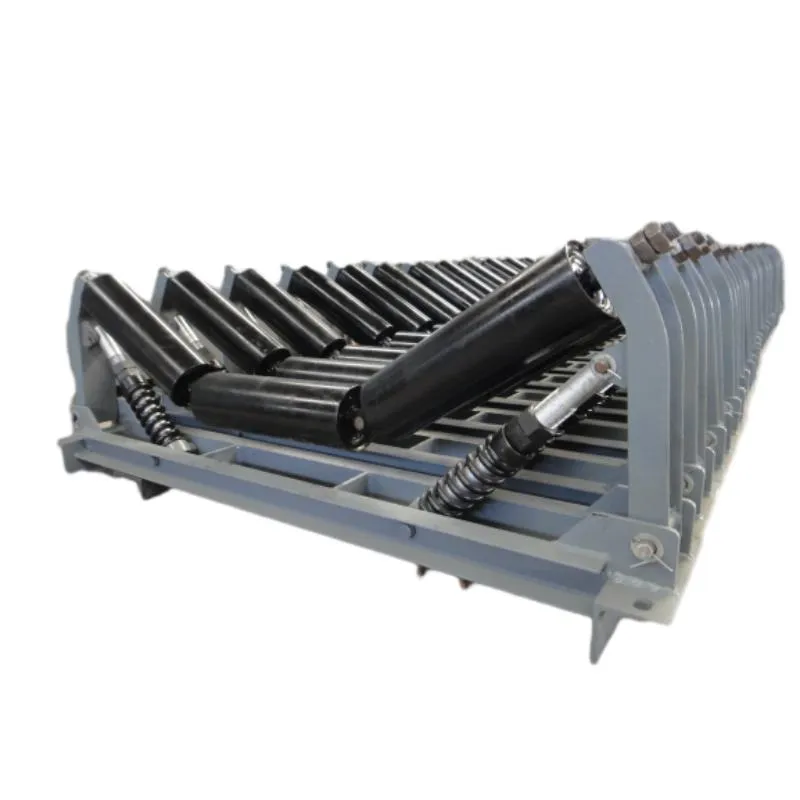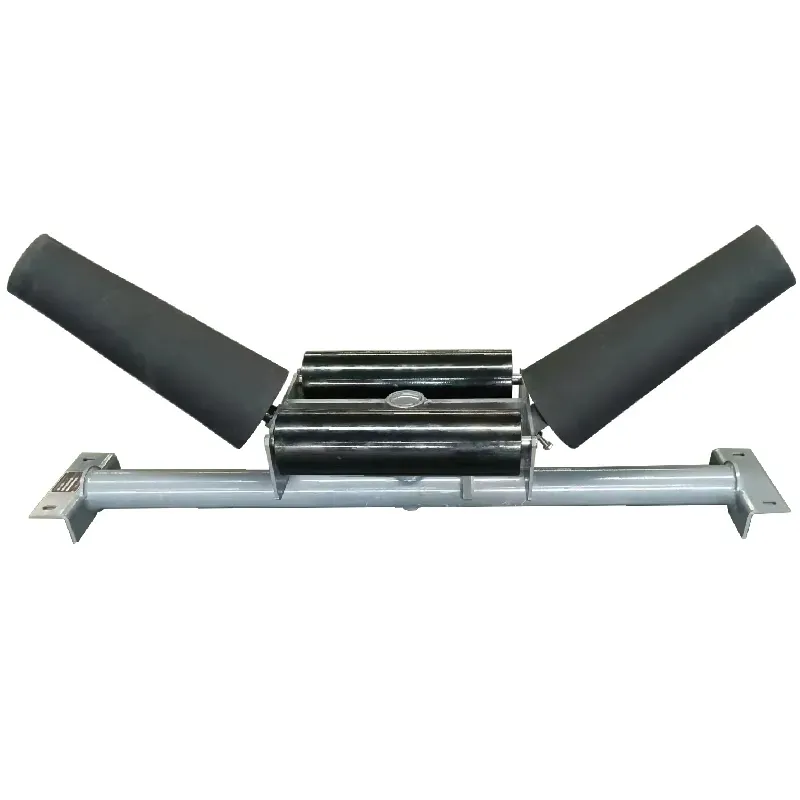 Afrikaans
Afrikaans  Albanian
Albanian  Amharic
Amharic  Arabic
Arabic  Armenian
Armenian  Azerbaijani
Azerbaijani  Basque
Basque  Belarusian
Belarusian  Bengali
Bengali  Bosnian
Bosnian  Bulgarian
Bulgarian  Catalan
Catalan  Cebuano
Cebuano  Corsican
Corsican  Croatian
Croatian  Czech
Czech  Danish
Danish  Dutch
Dutch  English
English  Esperanto
Esperanto  Estonian
Estonian  Finnish
Finnish  French
French  Frisian
Frisian  Galician
Galician  Georgian
Georgian  German
German  Greek
Greek  Gujarati
Gujarati  Haitian Creole
Haitian Creole  hausa
hausa  hawaiian
hawaiian  Hebrew
Hebrew  Hindi
Hindi  Miao
Miao  Hungarian
Hungarian  Icelandic
Icelandic  igbo
igbo  Indonesian
Indonesian  irish
irish  Italian
Italian  Japanese
Japanese  Javanese
Javanese  Kannada
Kannada  kazakh
kazakh  Khmer
Khmer  Rwandese
Rwandese  Korean
Korean  Kurdish
Kurdish  Kyrgyz
Kyrgyz  Lao
Lao  Latin
Latin  Latvian
Latvian  Lithuanian
Lithuanian  Luxembourgish
Luxembourgish  Macedonian
Macedonian  Malgashi
Malgashi  Malay
Malay  Malayalam
Malayalam  Maltese
Maltese  Maori
Maori  Marathi
Marathi  Mongolian
Mongolian  Myanmar
Myanmar  Nepali
Nepali  Norwegian
Norwegian  Norwegian
Norwegian  Occitan
Occitan  Pashto
Pashto  Persian
Persian  Polish
Polish  Portuguese
Portuguese  Punjabi
Punjabi  Romanian
Romanian  Russian
Russian  Samoan
Samoan  Scottish Gaelic
Scottish Gaelic  Serbian
Serbian  Sesotho
Sesotho  Shona
Shona  Sindhi
Sindhi  Sinhala
Sinhala  Slovak
Slovak  Slovenian
Slovenian  Somali
Somali  Spanish
Spanish  Sundanese
Sundanese  Swahili
Swahili  Swedish
Swedish  Tagalog
Tagalog  Tajik
Tajik  Tamil
Tamil  Tatar
Tatar  Telugu
Telugu  Thai
Thai  Turkish
Turkish  Turkmen
Turkmen  Ukrainian
Ukrainian  Urdu
Urdu  Uighur
Uighur  Uzbek
Uzbek  Vietnamese
Vietnamese  Welsh
Welsh  Bantu
Bantu  Yiddish
Yiddish  Yoruba
Yoruba  Zulu
Zulu Premium Polyurethane Coated Rollers Durable & Noise-Reducing
- Technological superiority with performance metrics
- Comparative analysis of manufacturers
- Custom engineering solutions
- Case study: industrial conveyor upgrade
- Operational impact in production environments
- Innovations in material formulation
- Operational benefits and future outlook

(polyurethane coated rollers)
The Critical Role of Polyurethane Coated Rollers in Industrial Applications
Engineered elastomer coverings fundamentally transform roller functionality across industries. These components withstand operational stresses that would compromise traditional metal rollers. Industries increasingly specify urethane formulations due to their unparalleled durability. Automotive assembly lines recording 27% fewer unplanned downtime incidents after switching demonstrate the strategic advantage. The chemical resistance profile allows deployment in environments ranging from food processing to chemical plants.
Performance Advantages with Quantifiable Metrics
Independent testing reveals compelling technical advantages. Laboratory measurements show that premium 95A Shore hardness compounds maintain dimensional stability under 12kN loads where rubber compounds permanently deform. Field data demonstrates consistent performance improvements:
| Performance Metric | Metal Rollers | Standard Rubber | Polyurethane Coated |
|---|---|---|---|
| Average Service Life | 8 months | 14 months | 32 months |
| Noise Reduction | 0 dB | 3 dB | 9 dB |
| Impact Resistance | Poor | Moderate | Excellent |
Precision molding creates surface finishes ranging from 0.8μm Ra mirror polish for optical applications to textured 60μm profiles for increased traction. Specific formulations achieve 82% higher cut resistance than standard neoprene while maintaining flexibility at -40°C operational thresholds.
Manufacturer Comparison Analysis
The engineering polymers market offers varying technical capabilities across suppliers. Third-party validation studies highlight significant performance differentials:
| Supplier | Shore Hardness Range | Max Operating Temp | Tear Strength (kN/m) | Chemical Certifications |
|---|---|---|---|---|
| Premium Solutions Co | 60A-95A | 135°C | 89 | FDA, NSF, REACH |
| Industrial Polymers Ltd | 70A-90A | 115°C | 52 | NSF only |
| Baseline Components | 80A-90A | 90°C | 41 | Not certified |
Leading manufacturers now provide microcellular formulations reducing roller weight by 38% without compromising load ratings. This innovation enables faster rotational response in packaging machinery operating at 240m/min line speeds.
Custom Engineering Capabilities
Precision engineering allows specialized solutions for challenging environments:
Custom Features Include:
- Precision-balanced assemblies toleranced to 0.001"
- Specialized surface geometries for specific web handling requirements
- Conductive formulations for static-dissipative applications
- UV-stable compounds for outdoor installations
A recent aerospace project required custom conical profiles with tapered diameters from 76mm to 89mm. This configuration maintained tension control through variable material transitions at production speeds exceeding conventional designs.
Printing Facility Case Analysis
A commercial printing facility upgraded their web handling system with urethane-coated components:
- Situation: Web breaks occurring every 2.3 hours with 2.7% material waste
- Intervention: Installed precision-ground rollers with matte-finish 85A compound
- Results: 38-day continuous operation without incident, waste reduced to 0.6%
Post-installation measurements showed consistent web tracking within 0.3mm tolerance across 2.5 meter widths. Facility managers reported 78% reduction in maintenance man-hours compared to previous chrome-plated steel rollers.
Innovative Formulations and Advancements
Recent developments focus on enhancing functional performance through material science breakthroughs. Hydrophobic additives create surface tension under 30dynes/cm to prevent adhesive accumulation. New molecular architectures achieve thermal conductivity 18x higher than standard formulations, eliminating roll temperature gradients. Self-lubricating compounds containing specialized molybdenum disulfide additives now demonstrate friction coefficients under 0.05 without external lubrication.
Strategic Advantages from Polyurethane Coated Rollers
The operational superiority of modern polyurethane coated rollers
fundamentally transforms production economics. Industrial facilities implementing these solutions typically realize full investment recovery within 11 months through maintenance reductions and production gains. Material science advancements continue extending performance boundaries - new nanocomposite formulations under development promise unprecedented wear resistance metrics exceeding current materials by 170%. Manufacturing engineers increasingly view elastomer-coated components not as maintenance items but as strategic performance-enhancing systems.

(polyurethane coated rollers)
FAQS on polyurethane coated rollers
Q: What are polyurethane coated rollers?
A: Polyurethane coated rollers feature a metal or composite core covered with a durable polyurethane (urethane) layer. This coating enhances grip, reduces vibration, and provides superior resistance to abrasion and chemicals. They're ideal for demanding industrial material-handling applications.
Q: Why choose urethane coated rollers over rubber alternatives?
A: Urethane coated rollers outperform rubber in longevity and resistance. They withstand oils, solvents, and extreme temperatures better than rubber, while maintaining consistent friction properties. This reduces replacement frequency and downtime in conveyors or manufacturing equipment.
Q: What industries commonly use polyurethane coated rollers?
A: These rollers are prevalent in packaging, printing, automotive, and food processing. Their non-marking properties suit conveyor systems transporting delicate items, while their durability handles heavy loads in mining or logistics. Custom formulations also meet FDA/USDA requirements.
Q: How do I maintain polyurethane coated rollers?
A: Inspect rollers monthly for cuts, swelling, or hardness changes. Clean with mild soap and water—avoid petroleum-based solvents that degrade urethane. Rotate rollers periodically to ensure even wear and prevent flat-spotting during storage.
Q: What factors determine polyurethane coated roller performance?
A: Key considerations include durometer (hardness), coating thickness, substrate material, and operational environment. Softer urethane (e.g., 70A) grips fragile materials, while harder grades (e.g., 90A) handle heavy impacts. Temperature range and chemical exposure dictate polymer formulations.
-
Revolutionizing Conveyor Reliability with Advanced Rubber Lagging PulleysNewsJul.22,2025
-
Powering Precision and Durability with Expert Manufacturers of Conveyor ComponentsNewsJul.22,2025
-
Optimizing Conveyor Systems with Advanced Conveyor AccessoriesNewsJul.22,2025
-
Maximize Conveyor Efficiency with Quality Conveyor Idler PulleysNewsJul.22,2025
-
Future-Proof Your Conveyor System with High-Performance Polyurethane RollerNewsJul.22,2025
-
Driving Efficiency Forward with Quality Idlers and RollersNewsJul.22,2025





























